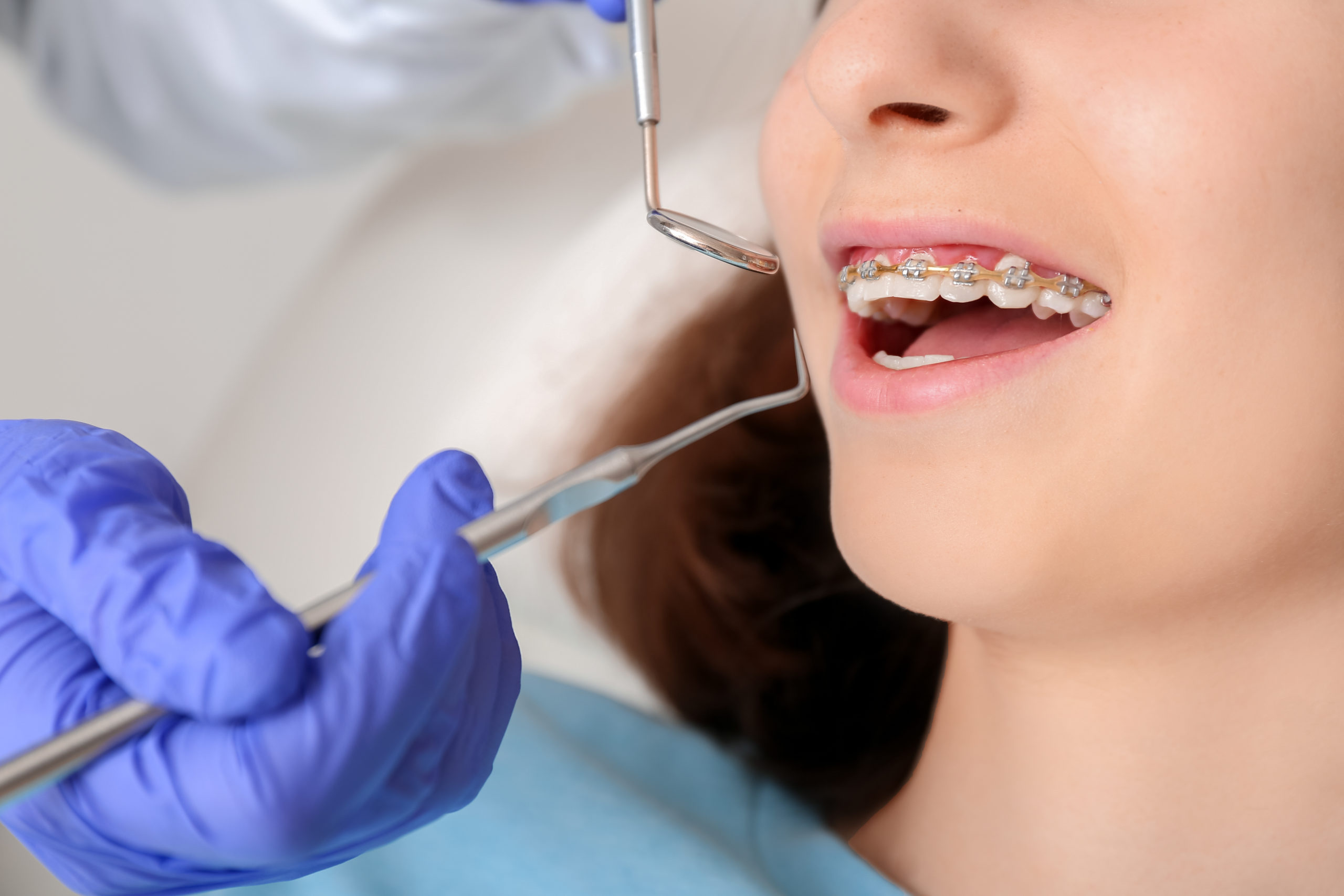Your Overview to Cumming Invisalign: Straightening Teeth with Style and Comfort
Your Overview to Cumming Invisalign: Straightening Teeth with Style and Comfort
Blog Article
Comprehensive Overview to Orthodontics Procedures for Fixing Dental Imbalances
In the world of orthodontics, the journey to accomplishing a perfectly straightened smile includes a myriad of treatments tailored to fix dental misalignments. From conventional dental braces to unseen aligners and even medical choices, the field of orthodontics uses an array of services to address differing levels of oral irregularities. Understanding the intricacies of each treatment, including their devices, advantages, and potential downsides, is vital in making notified choices regarding one's orthodontic treatment. As we navigate through the extensive guide to orthodontic procedures for dealing with dental imbalances, the complex details of each approach will unravel, clarifying the path towards a unified and practical oral positioning.
Orthodontic Procedures Overview

Routine adjustments and monitoring are crucial parts of orthodontic treatment to make sure progress is on track and to make any kind of needed alterations along the method. By undergoing orthodontic procedures, clients can not just attain a straighter grin however additionally improve their general dental health and function.
Typical Dental Braces: How They Work
When taking into consideration orthodontic therapies for oral misalignments, traditional braces stick out as a reliable method for dealing with teeth positioning. Conventional braces are composed of braces, cords, and bands that function with each other to use continuous pressure on the teeth, progressively relocating them into the desired positioning. The brackets are connected to the teeth making use of a special adhesive, and the wires are threaded with the braces. By readjusting the stress of the cords, orthodontists can manage the instructions and pressure used to each tooth, assisting them into proper placement gradually.
As pressure is applied to the teeth through the braces, the bone bordering the teeth is reshaped to sustain the new tooth placements. Individuals will require routine changes at the orthodontist's workplace to ensure the braces proceed to apply the right pressure for effective teeth movement.
Unseen Aligners: Disadvantages and pros
These clear, customized trays are practically unseen when put on, making them an attractive choice for individuals looking for a much more aesthetically pleasing orthodontic treatment. Patients can get rid of the aligners before eating or cleaning their teeth, decreasing the threat of food obtaining stuck in the appliance and streamlining the cleansing procedure.

Surgical Orthodontic Options
Surgical interventions in orthodontics present practical options for attending to complicated dental misalignments that might not be properly fixed with traditional orthodontic therapies. While invisible aligners and traditional braces can remedy numerous orthodontic problems, particular situations need surgical treatment to accomplish optimum results. Surgical orthodontic choices are generally recommended for serious malocclusions, substantial jaw discrepancies, and situations where the underlying bone structure requires alteration to attain appropriate alignment.
One common medical orthodontic treatment is orthognathic surgery, which includes repositioning the jaws to remedy functional problems such as trouble chewing or talking. This surgical procedure is often carried out in cooperation with an orthodontist who helps line up the teeth prior to and after the treatment. Surgical orthodontics may additionally include procedures to subject influenced teeth, get rid of excess gum cells, or reshape the jawbone to produce a much more harmonious face profile.
Before thinking about surgical orthodontic options, clients go go to the website through a thorough examination to determine the need and possible benefits of such interventions. invisalign. While surgery may appear overwhelming, it can dramatically boost both the feature and aesthetic appeals of the smile in instances where conventional orthodontic treatments fail
Retainers and Post-Treatment Treatment

Failure to abide with post-treatment care guidelines can result in regression, where the teeth progressively relocate back in the direction of their initial placements. Constant retainer wear, excellent dental health, and normal dental exams are essential for preserving the results achieved via orthodontic surgical procedure and ensuring the long-term stability of the dealt with oral positioning.
Conclusion
In conclusion, orthodontic procedures use different options for remedying oral misalignments. Surgical orthodontic choices are readily available for extra extreme misalignments. Overall, orthodontic procedures can efficiently boost dental wellness and aesthetic look.
As we navigate with the detailed overview to orthodontic procedures for correcting oral misalignments, the detailed information of each click here to read technique will unravel, shedding light on the path towards a functional and harmonious oral positioning. - cumming orthodontics
One of the most usual orthodontic treatments is the usage of dental braces, which consist of metal braces and wires that apply mild pressure to progressively move teeth right into the wanted setting.When considering orthodontic treatments for dental imbalances, standard dental braces stand out as a tried and true method for fixing teeth placing. Furthermore, unnoticeable aligners may not be appropriate for complex orthodontic problems that need more significant teeth movement, as they are usually recommended for mild to moderate cases. Retainers are tailor-made orthodontic tools designed to hold teeth in their corrected positions after the completion of orthodontic treatment.
Report this page